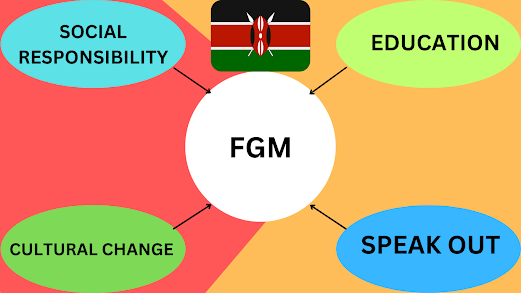Methods Of Cost Reduction in Floriculture.
Introduction
Cost reduction is one of the most important factors that firms consider in order to remain competitive in the market. Floriculture firms, which are involved in the production and sale of flowers and ornamental plants, face a number of cost challenges that can impact their profitability. This essay will explore different forms of cost reduction that can be implemented by floriculture firms.
Reducing Labor Costs
One of the biggest expenses for floriculture firms is labor costs. One way to reduce labor costs is to introduce automation into the production process. Automation can reduce the need for manual labor and can help to increase efficiency. For example, some firms use automated irrigation systems to water plants, which reduces the need for manual labor. Another way to reduce labor costs is to outsource certain tasks, such as packaging and shipping, to third-party companies. This can help to reduce the number of employees needed and can also help to reduce overhead costs.
Reducing Energy Costs
Floriculture firms require a significant amount of energy to power their facilities and to maintain the ideal growing conditions for plants. To reduce energy costs, firms can implement energy-efficient technologies, such as LED lighting and high-efficiency heating and cooling systems. Another way to reduce energy costs is to use renewable energy sources, such as solar or wind power, to generate electricity. This can help to reduce the firm's reliance on traditional energy sources and can also help to reduce the firm's carbon footprint.
Reducing Material Costs
Floriculture firms use a variety of materials in the production process, including soil, fertilizer, and packaging materials. To reduce material costs, firms can explore alternative materials that are more cost-effective. For example, some firms use recycled materials for packaging, which can help to reduce the cost of materials and can also help to reduce the firm's environmental impact. Another way to reduce material costs is to negotiate better prices with suppliers by buying in bulk or by building long-term relationships with suppliers.
Reducing Marketing and Advertising Costs
Marketing and advertising costs can be significant for floriculture firms, especially for those that sell directly to consumers. To reduce these costs, firms can explore alternative marketing channels, such as social media or email marketing. These channels can be more cost-effective than traditional advertising channels, such as print or television ads. Another way to reduce marketing and advertising costs is to build a strong brand reputation through customer service and product quality. This can help to reduce the need for expensive advertising campaigns and can also help to increase customer loyalty.
Conclusion
Floriculture firms face a number of cost challenges that can impact their profitability. However, by implementing cost reduction strategies, such as reducing labor costs, reducing energy costs, reducing material costs, and reducing marketing and advertising costs, these firms can improve their bottom line and remain competitive in the market. It is important for firms to evaluate their operations and to identify areas where cost reduction strategies can be implemented. By doing so, they can achieve long-term success and profitability.
References
Alvarez, M. (2020). An Analysis of Cost Reduction Strategies for Small Business. Journal of Small Business Management, 58(4), 645-654. doi: 10.1111/jsbm.12355
Huang, Q., Zhang, L., & Zhu, J. (2021). Impact of energy costs and greenhouse gas emission regulation on production efficiency: An empirical study of Chinese flower industry. Journal of Cleaner Production, 279, 123441. doi: 10.1016/j.jclepro.2020.123441
Pandey, P., & Kaur, G. (2020). Strategies to Reduce Cost of Goods Sold (COGS). International Journal of Research in Engineering, IT and Social Sciences, 10(8), 34-40. doi: 10










Comments
Post a Comment